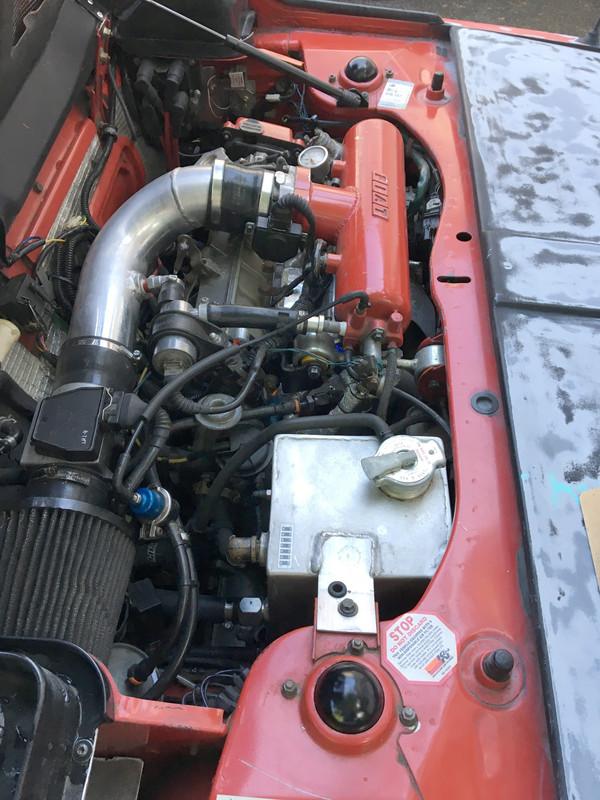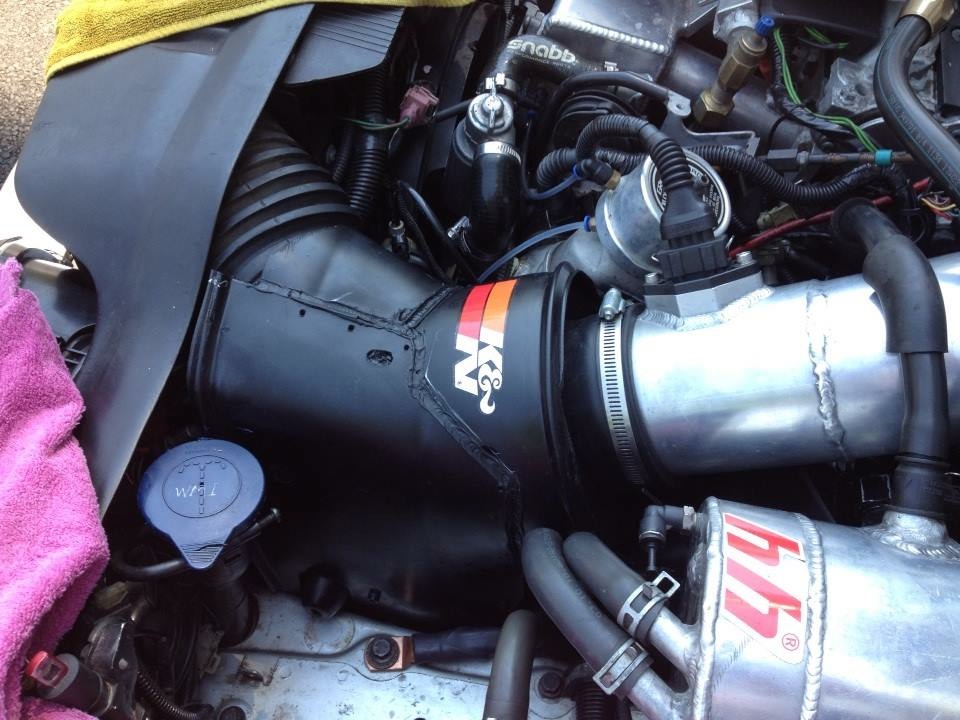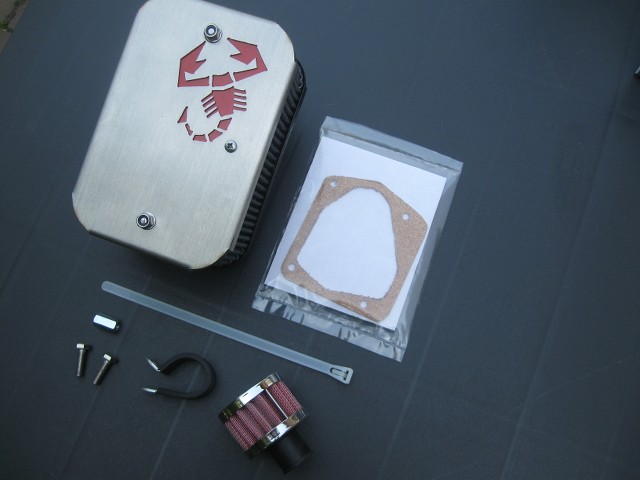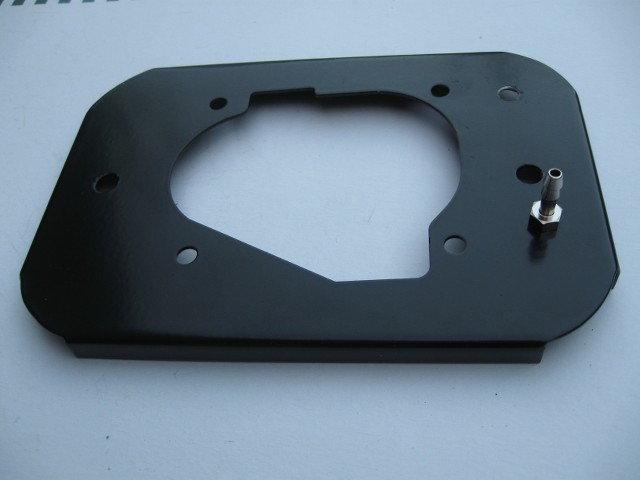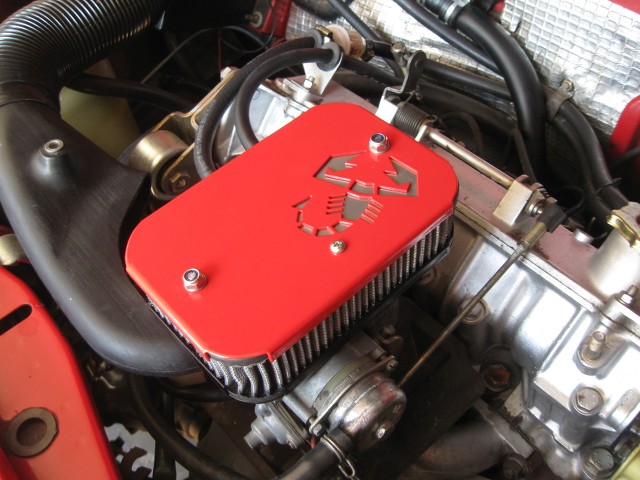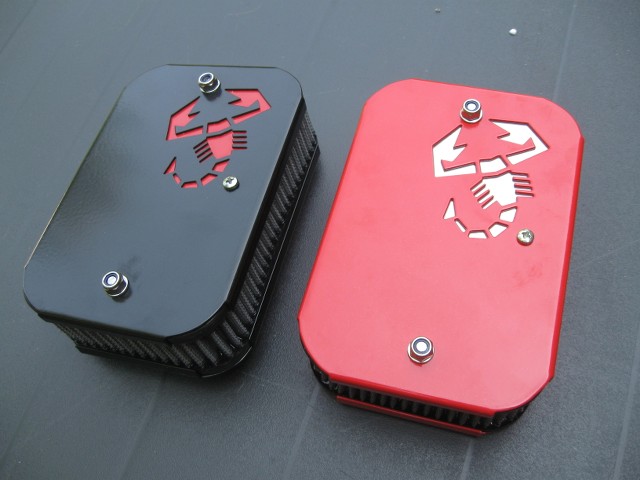ghostdancing
True Classic
so we have a sparkplugs thread and an oil thread in the same days..why not introduce another big classic discussion of motor forums?
i have a stainless exhaust "free flow", (it's a rather well "handmade in sicily" product, not expensive at all, so i bought it mainly for the sound, it has slighty larger diameter tubes, 45mm)
i also have the original DMTR32 professional redone with slight larger jets to match the exhaust (it's currently in the mail for dispatching)
the question is: throw 50 EU more for the tricky KN filter (OEM design, to fit in the original round airbox), or stick with my paper 7 eu filter that is still clean?
i have a stainless exhaust "free flow", (it's a rather well "handmade in sicily" product, not expensive at all, so i bought it mainly for the sound, it has slighty larger diameter tubes, 45mm)
i also have the original DMTR32 professional redone with slight larger jets to match the exhaust (it's currently in the mail for dispatching)
the question is: throw 50 EU more for the tricky KN filter (OEM design, to fit in the original round airbox), or stick with my paper 7 eu filter that is still clean?

